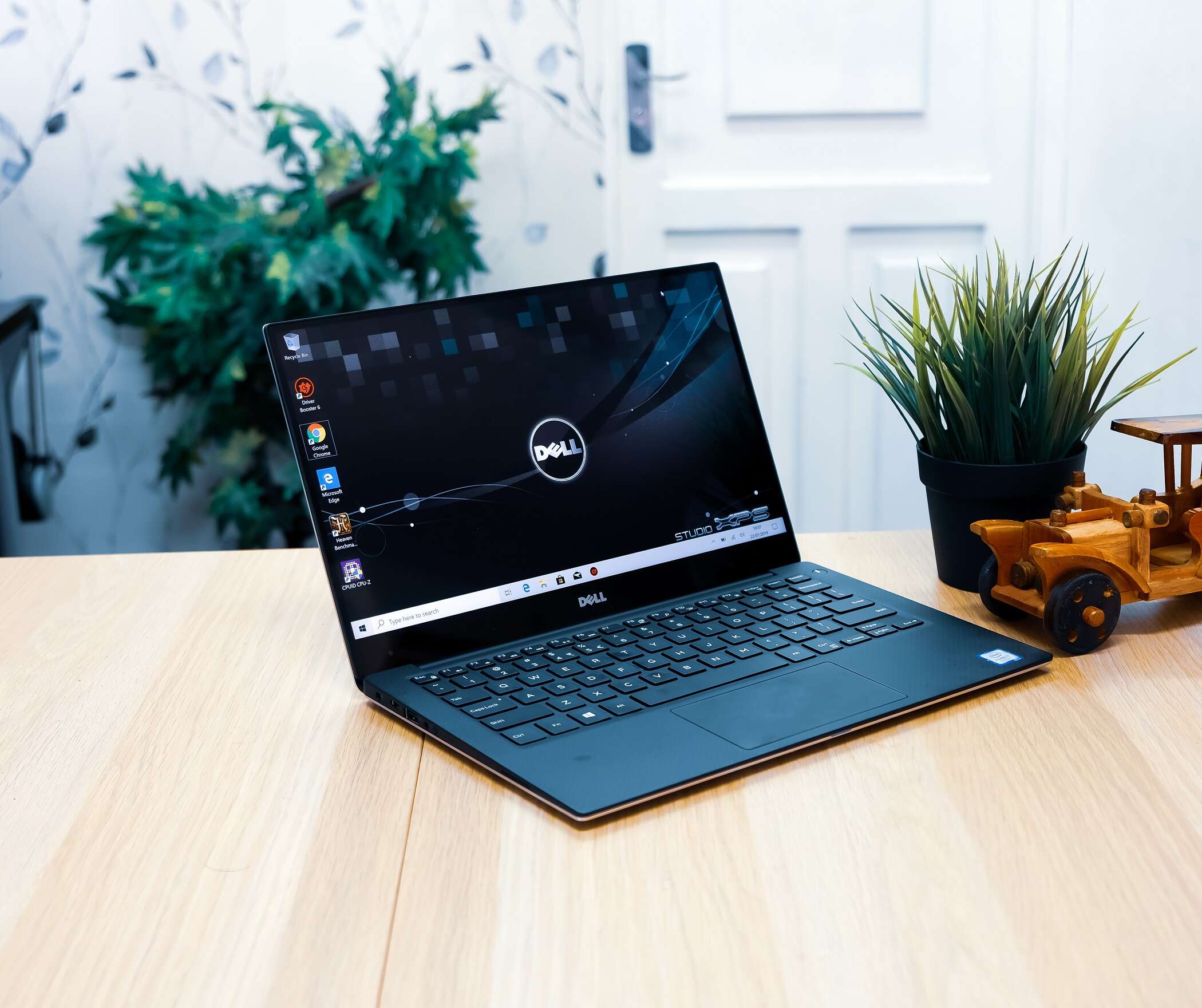
Dell’s bet on devices and its PC-as-a-service investments helped the company announce a record second quarter, with analysts saying the booming PC market would continue to fuel growth as desktop machines approaching end-of-life are replaced by laptops and notebooks.

Delisted from the Nasdaq in 2013 after a private buyout led by founder Michael Dell and Silver Lake, Dell last week reported sales growth in its PC unit of 27%, with commercial PC revenue increasing 32% to $10.6bn. Consumer sales were also up 17% from the same quarter in 2020.
The shift to remote working was fuelling double-digit growth in the PC market, and a major boon to manufacturers like Dell says Bryan Ma, vice-president of client devices research at IDC.
“The PC market has been booming in the past year, having jumped from nearly flat or low single-digit unit growth during pre-pandemic years [0% in 2018 and 3.1% in 2019] to 13.5% growth last year and 14.2% projected for this year, driven by stay-at-home demand,” Ma says. “Demand is so strong that it continues to outstrip supply, and will likely continue that way going into next year.
“Dell has been able to gain from these trends, both directly from the PC market, as well as being able to offer its customers a range of solutions from across the broader Dell family, including Infrastructure Solutions Group as well as VMware.”
Ma added that with CIOs across sectors feeling like their organisations were at the right stage of the PC refresh cycle, the shift to hybrid working was another factor driving growth.
"IT departments are replacing PCs as systems approach the end-of-life, but in many cases these systems are being migrated from desktops to notebooks to facilitate remote working," Ma said. "In 2019, 55.2% of all commercial PCs shipped were notebooks, and that surged to 68.2% last year and should reach 70.2% this year. Vendors like Dell are also increasingly emphasising features like high-quality webcams optimised for video conferencing."
Why the Dell PC strategy has paid off
Despite the double-digit growth in the market, another manufacturer, HP, delivered mixed results the same day Dell announced its record quarter. Unit sales of its desktops were down 7% on the previous year, with notebooks up only 2%. Overall its number of sales were flat.
Senior analyst at Forrester Andrew Hewitt said that as well as many organisations realising their PC estates were reaching end-of-life, the employee experience, information security, and attracting and retaining talent were factors for CIOs that were ultimately fuelling growth in the market.
Dell's particular device strategy had proved to be a success, Hewitt says. "While others have focused on other areas, Dell has doubled down on laptops and other device form factors, including enterprise-grade Chromebooks, which has helped fuel its growth," he explains.
"Investments in services like PC-as-a-service are starting to gain steam as well. It's also worth noting that Dell's relationship with VMware and the embedding of VMware's Workspace ONE UEM product into many of Dell's offerings helped Dell significantly automate key components of PC management, which has been attractive for customers."
Dell and the PC refresh cycle
Hewitt added that the cadence of PC refresh cycles had increased because CIOs and IT departments needed to upgrade their organisations for the transition to remote and hybrid working.
"One of the major factors increasing the speed of PC refresh rates is the reliance on videoconferencing tools and browser-based apps during the pandemic," he says. "During our research, we heard many examples of enterprises increasing their refresh rates because the devices simply weren't lasting as long because of the increasing performance impact of these tools.
"In some cases, refresh rates went longer because of the chipset supply chain issue as well. Enterprises are in a difficult spot because their devices aren't lasting as long and the supply is not fast enough to replace them. It's pushing them towards increasing BYOD and VDI usage."
In Tech Monitor's Technology Leaders Agenda 2021, a global survey of more than 500 technology leaders, 10% of respondents in EMEA and 13% of respondents in the US cited employee device refresh programmes as their main focus for the next 12 months.
IDC's latest Worldwide Quarterly Personal Computing Device Tracker, a forecast for worldwide PC shipments up to 2025 released last week, expects traditional PCs, encompassing desktops, notebooks and workstations, to have a compound annual growth rate of 3.2%, while tablets are expected to decline by 1.5%.
The company's final pre-pandemic forecast from November 2019, which looked ahead to 2023, projected a total market of 367 million units. Last week's forecast predicts more than half a billion devices to be shipped that year, 37% more than the original forecast.






